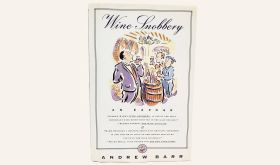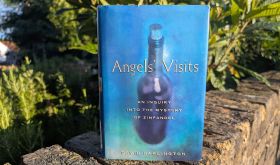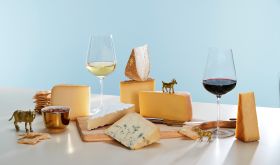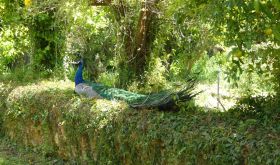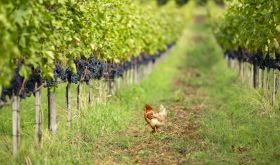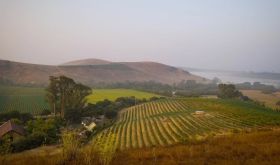31 December 2020 Enjoy these reviews of books about Australia, England and South Africa now that we are republishing them free.
27 November 2020 See this guide to all of this season's book reviews.
Intoxicating
Ten drinks that shaped Australia
Max Allen
Thames & Hudson Australia
ISBN 9781760761004 (paperback)
ISBN 9781760761370 (ebook)
AU$32.99, £24.53 Book Depository, £12.29 (Kindle)
I’m not sure what I was expecting from this book, but...


